Metering unit drive
×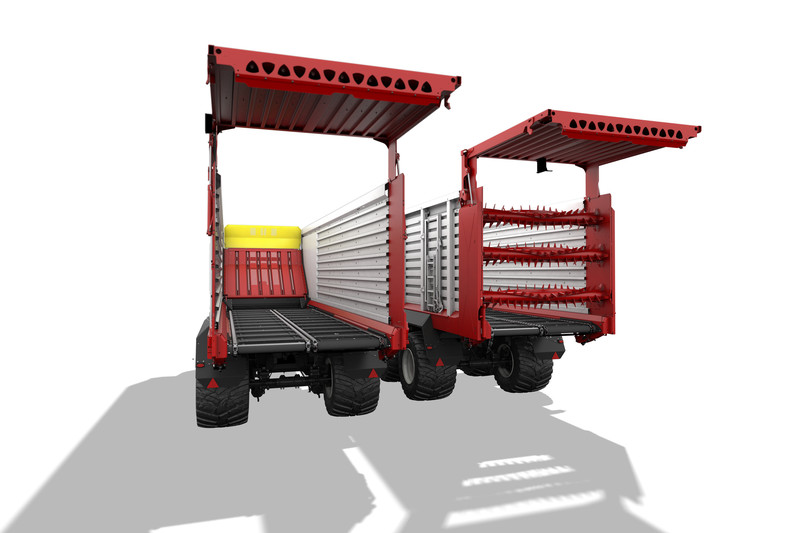
JUMBO
The JUMBO is designed for maximum loading as standard. By dispensing with the beater rotors, the loading chamber can be fully utilized with around 2 m³ extra loading chamber volume compared to the JUMBO DB. The lower tare weight significantly increases the permissible load capacity.
JUMBO loader wagons without beater rotors are particularly suitable for unloading in front of the clamp. They deliver maximum unloading performance, as they quickly make way again for the distribution and compaction vehicles.
Lower maintenance requirements and lower purchase costs make these wagons particularly interesting if you already have powerful machines for distributing the silage in the clamp.
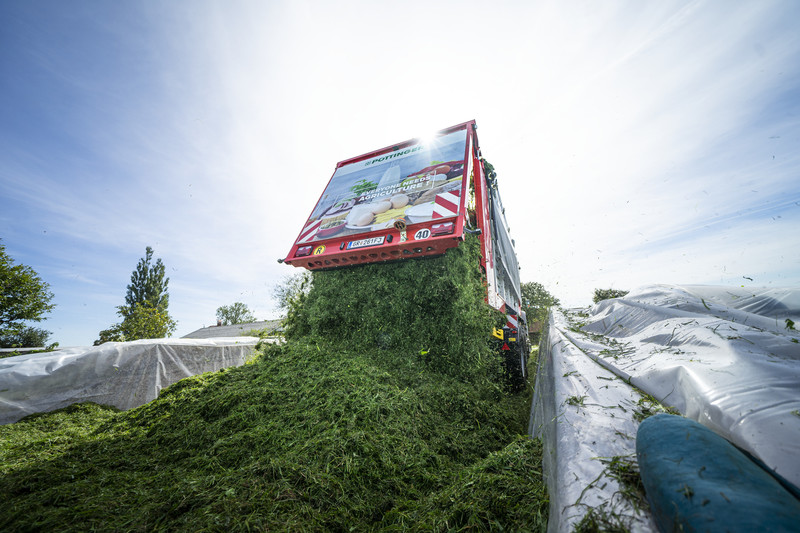
JUMBO with beater rotors (DB)
DB stands for Discharge Beater and identifies your JUMBO as a loader wagon with beater rotors.
The DB models have two beater rotors as standard.
They effectively loosen up the crop and ensure uniform unloading. The blanket of silage can easily be redistributed and compacted. This makes the JUMBO DB particularly suitable for unloading while driving through the clamp.
The robust beater driveline can calso handle wood chips, maximising the loader wagon's utilisation throughout the year.
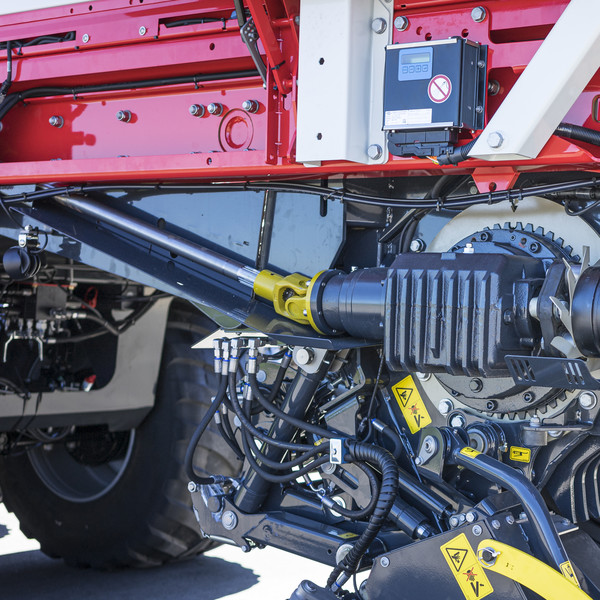
Powerful driveline
The beater rotors are driven by the rotor drive train. The rotors are switched on by engaging the driveline at the rotor gearbox through drive. Due to the soft start of the Powerband, the rotor drieline can also be engaged under full load. The drive train is designed for 210 kW and is protected by a cam-type clutch.
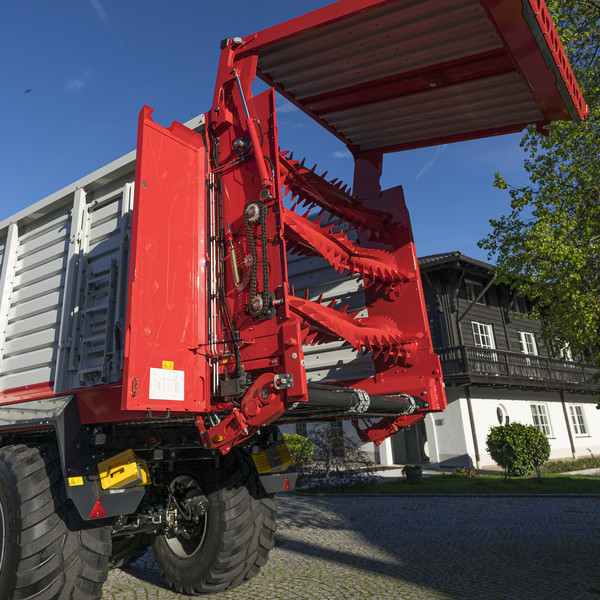
Smooth driveline
Thanks to the soft start by the Powerband, the beater rotors can also be engaged under full load, without the scraper floor moving first. This protects the scraper floor components and also means unloading in the clamp is faster.
Robust and large-dimensioned chains ensure positive and uniform power transmission right up to the top beater rotor. Each drive chain is continuously tensioned by a chain tensioner. This ensures optimum power transmission and smooth running.
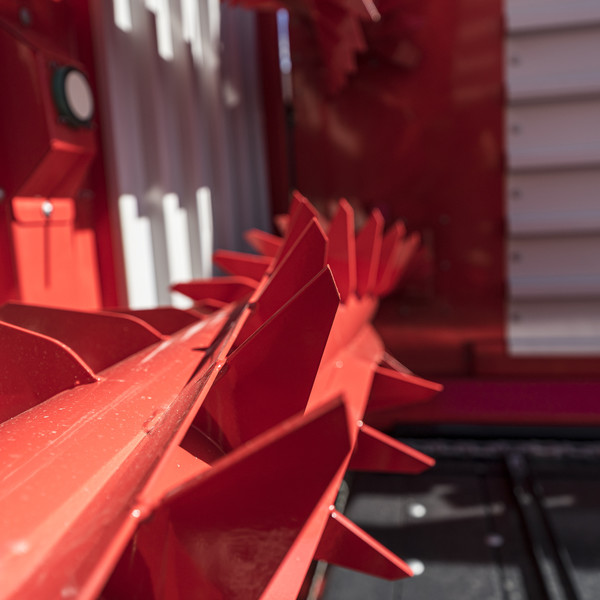
Strong design
The V-shaped arrangement of the aggressive rotor teeth ensures effective disintegration of the compacted crop from the loading chamber. The loose material can be more easily redistributed and compacted in the clamp. Paddle bars connect the individual rotor teeth and increase throughput.
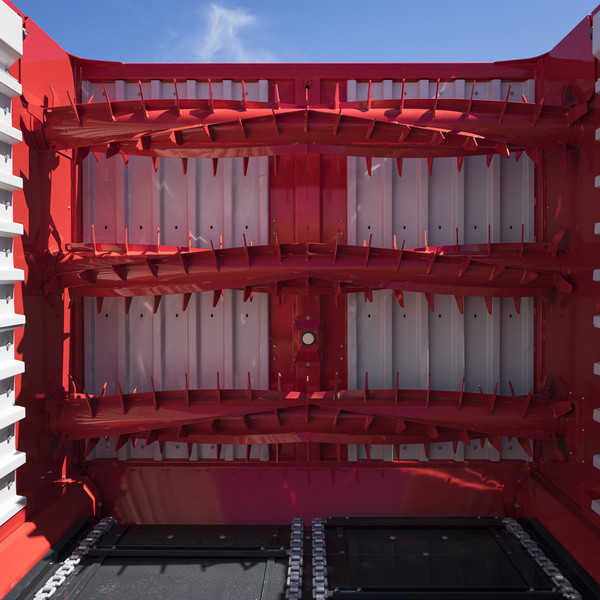
Perfect working results
An optional 3rd beater rotor improves the unloading sequence even further. It ensures that the full height of the crop inside the loading chamber is loosened and discharged uniformly into the clamp.
Redistribution of the forage is usually not required. That saves time.